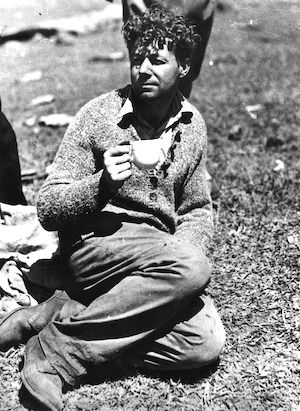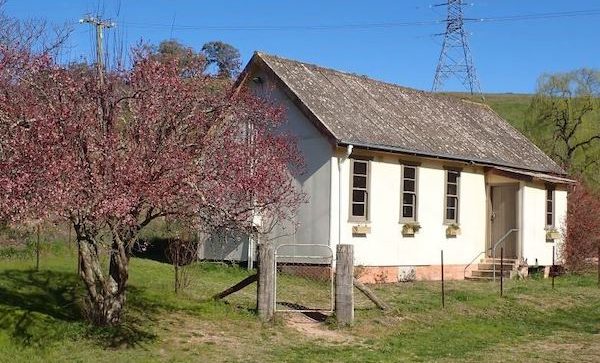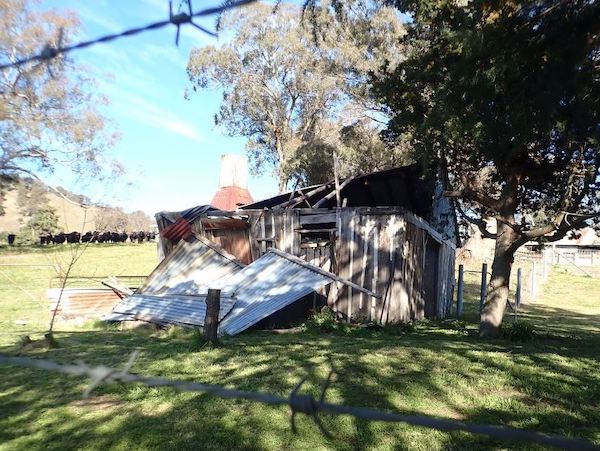Memories of non-indigenous pioneers, Kanimbla Valley

Bernard O’Reilly (1903-1975) was born in a slab hut near Sandy Hook. His writing of volumes about the natural environment of the Coxs catchment and the invasive species such as brumbies, based on his childhood memories, remains among the most loved nature prose of the Blue Mountains.
In 1937, O’Reilly showed his skills as a bushman when he initiated a single-handed search in the Queensland rainforest. This allowed the rescue of two survivors lost for a week after a plane crash. He went on to promote the establishment of the Lamington National Park and the still famous O’Reilly’s Guest House.
Ben Esgate (1914-2003) was also a bushman. His contribution to ongoing tourism involves the Blue Mountains. Together with Harry Hammon and Bill Wingrove, Ben engineered the original 1957 Scenic Skyway car which still stands at Katoomba Scenic World. Earlier, in the 1930s, he had helped engineer the flying fox which brought milk and eggs from a farm into the Hydro Majestic Hotel. During World War 2, he was one of the foremost bush experts in the Citizens Defence Movement in the Blue Mountains.
Also in the 1940s, he directed building of many structures, including the church that is now run as a Uniting Church in the Megalong Valley and the Congregational Church hall in the Kanimbla Valley (pictured), a project that involved Italian prisoners of war from the Cowra Prisoner-of-War camp.

© Don Morrison

To find out more read:
- O’Reilly, Bernard – Green Mountains and Cullenbenbong
- Smith, Jim – The Last of the Coxs River Men, Ben Esgate, published by Den Fenella Press 2006.
